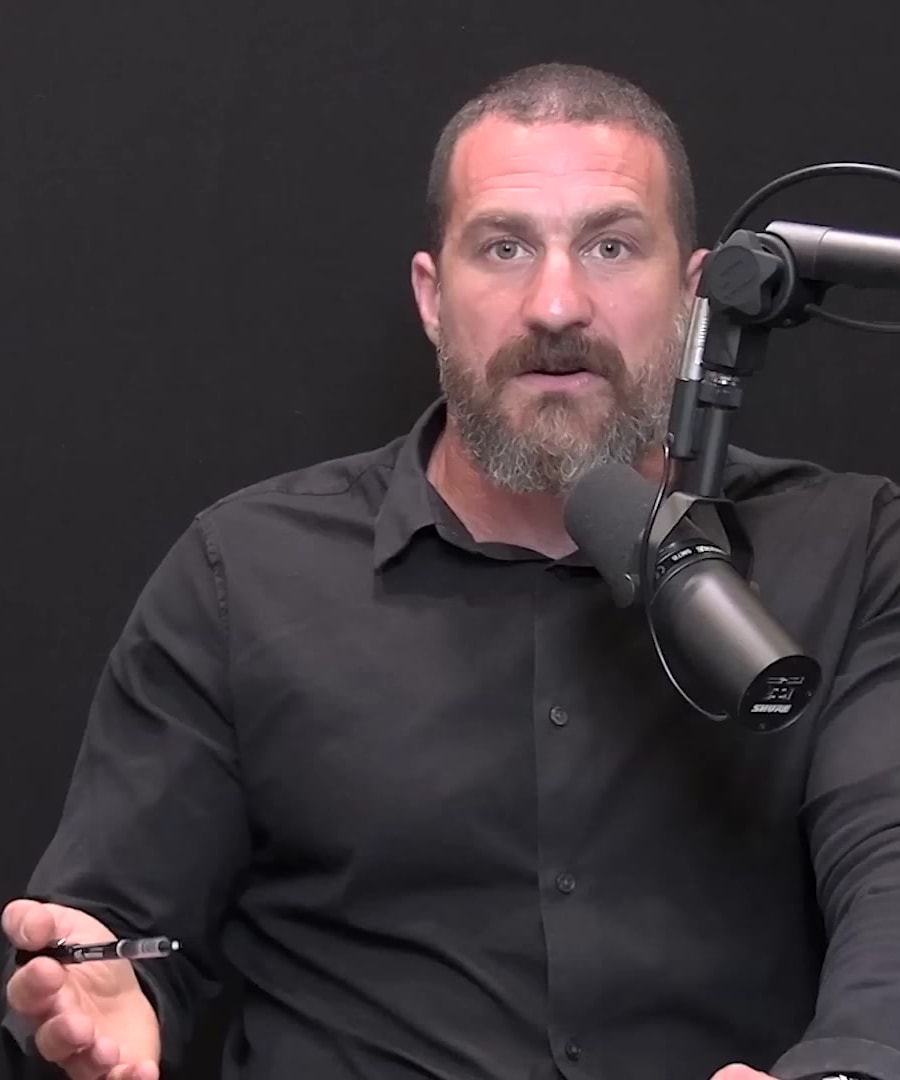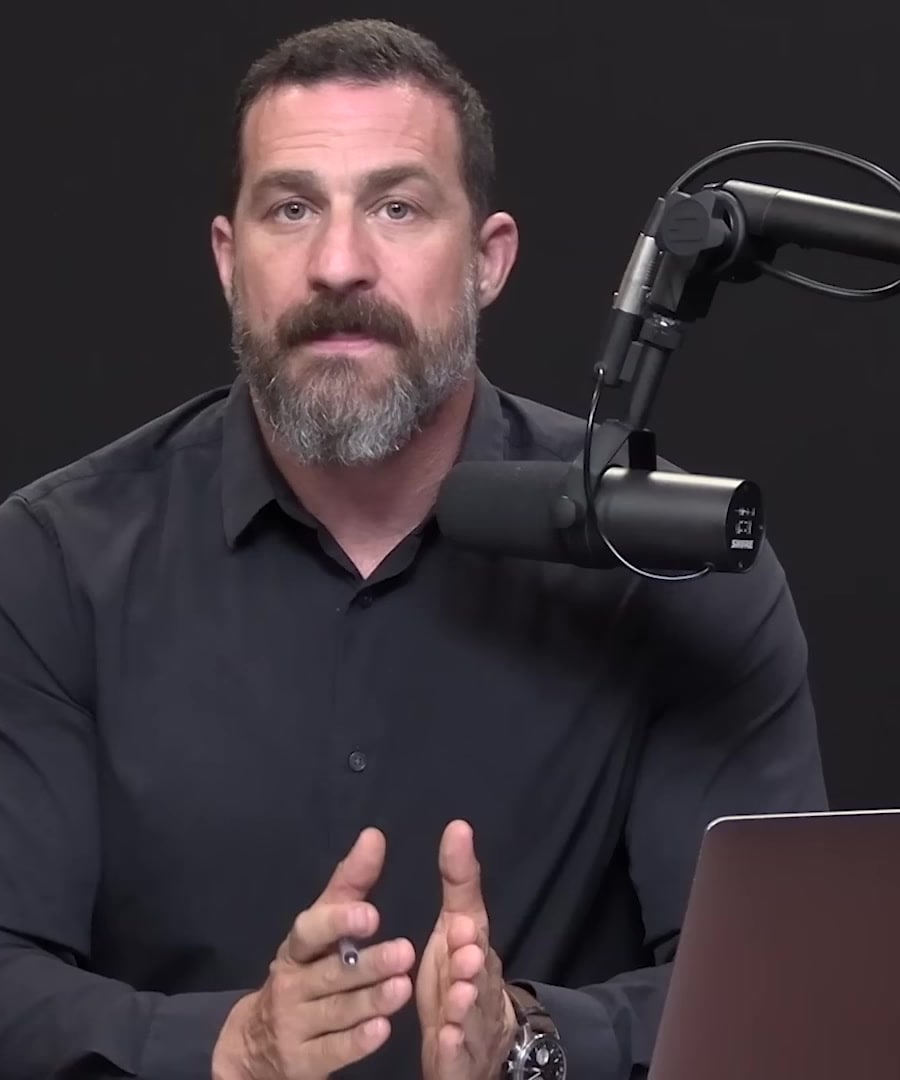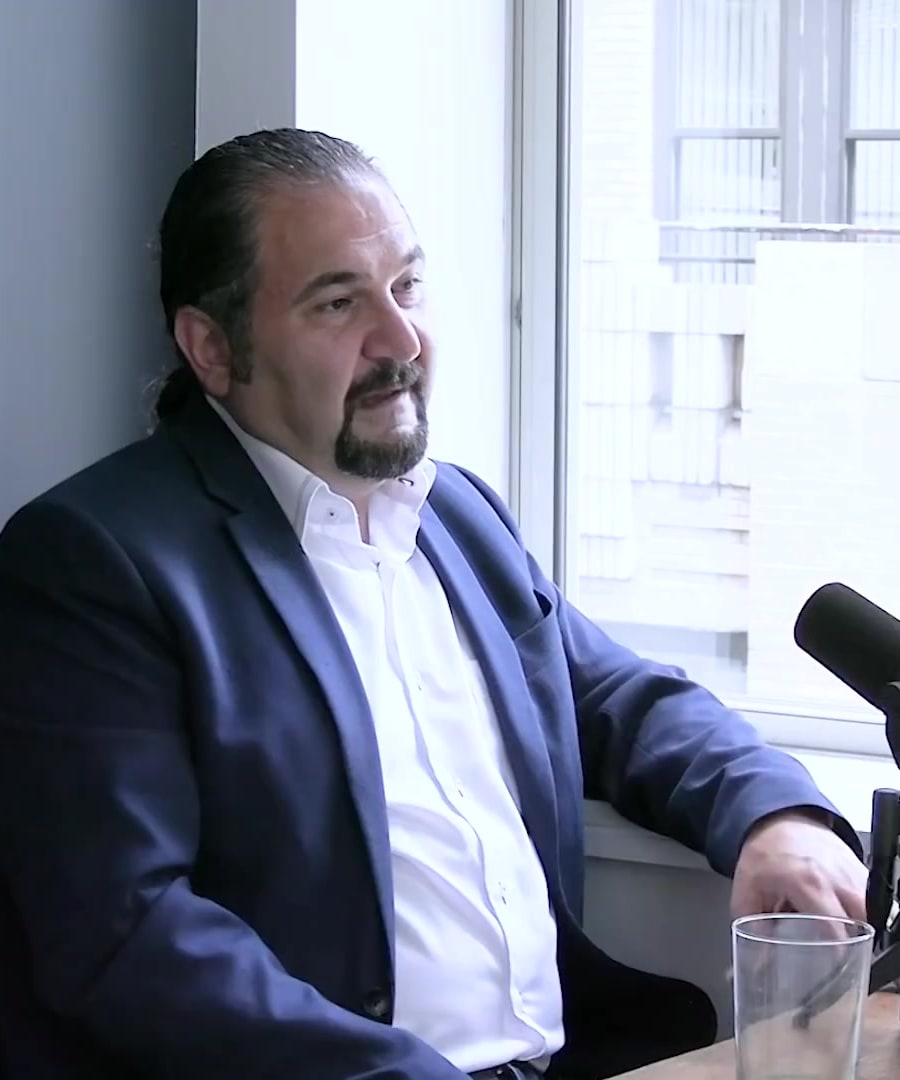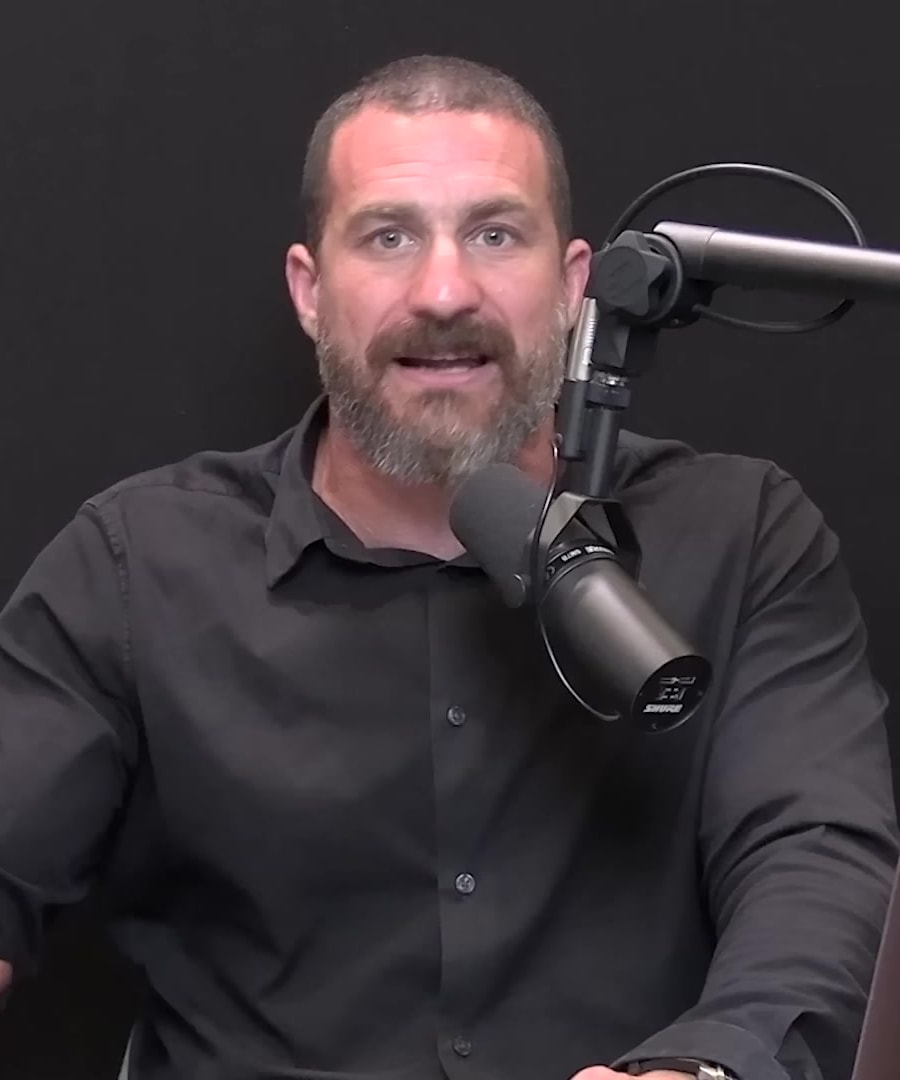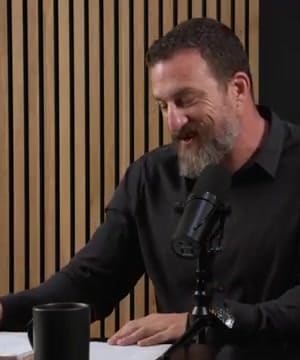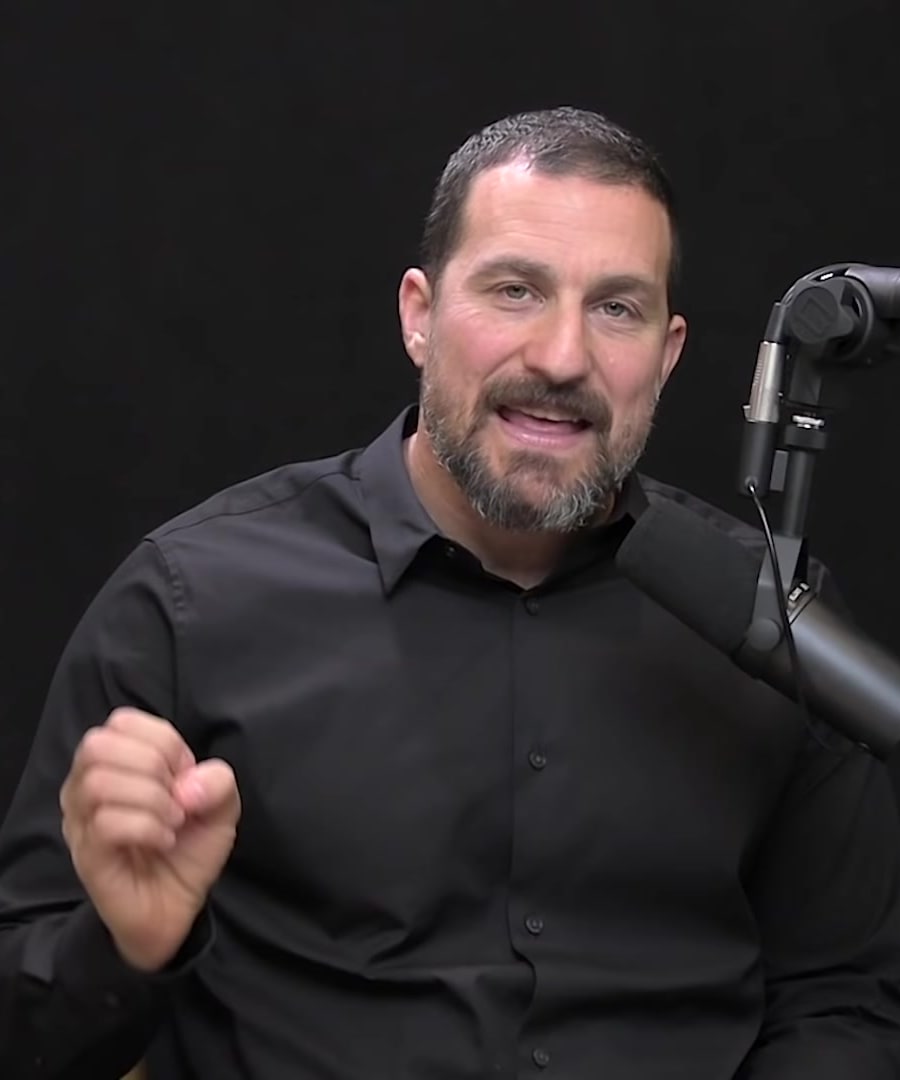Why is morning sunlight important?
Sources:
Morning sunlight is crucial for several physiological and psychological reasons:
-
Circadian Rhythms: Morning sunlight helps set the body's circadian rhythms, which regulate sleep, digestion, hormone levels, and other bodily functions. The exposure to sunlight in the morning helps signal to your body that it's time to wake up and start the day 1.
-
Cortisol Production: Sunlight exposure in the morning triggers a natural increase in cortisol, which is a hormone that helps promote wakefulness and a healthy immune system 1.
-
Mental and Physical Health: Regular exposure to morning sunlight can enhance mental and physical health by improving mood, focus, and alertness, and by facilitating better sleep patterns at night 1 2.
-
Metabolic Health: Morning sunlight exposure has been linked to better metabolism, possibly due to its effects on improving sleep quality, which in turn affects metabolic processes 3.
-
Adjusting Sleep Patterns: Studies, such as those involving camping without artificial light, have shown that exposure to natural light and dark cycles can significantly adjust and improve sleep patterns 4.
Therefore, regular morning sunlight is not just beneficial but essential for maintaining a healthy circadian rhythm and overall well-being.
RELATED QUESTIONS-
when to drink coffee?
Sources:
The best time to drink coffee is 90 to 120 minutes after waking up. This delay aligns with the natural rise in cortisol levels in your body and helps avoid interfering with this hormonal process. By waiting this period of time, you can enhance your alertness throughout the day without causing a significant crash in the afternoon. This timing helps manage the body’s natural adenosine levels, which play a role in sleepiness, thereby avoiding the early afternoon dip that often follows a morning caffeine spike 1.
Additionally, it's recommended to limit caffeine intake after 3:00 PM to prevent any potential disruption to your sleep cycle. Consuming caffeine too late in the day can affect the quality of sleep, particularly the architecture of your sleep, which includes important stages such as slow-wave sleep (deep sleep) and REM sleep 2. This can impact how rested you feel the next day and overall sleep quality.
For individuals who exercise in the morning, it's reasonable to consume caffeine just before their workout, even if this is within the 90 minutes after waking. However, it's crucial to be aware that this might lead to increased fatigue later in the day due to the simultaneous early morning caffeine intake and exercise 3.
Therefore, for optimizing alertness and maintaining a healthy sleep cycle, the best practice is to drink coffee after the initial morning hours and limit consumption as the day progresses, especially past mid-afternoon.
RELATED QUESTIONShow to go to bed early
Sources:
To successfully go to bed earlier, you can try the following strategies based on insights from the Huberman Lab:
-
Develop a Wind-Down Routine: Establish a pre-sleep routine to help signal to your body that it's time to sleep. This can include activities like reading, gentle stretching, listening to a podcast, or meditation. It’s important to allow yourself time to "decelerate" similar to how you would slow a vehicle before stopping 1.
-
Regulate Light Exposure:
- Morning Light: Expose yourself to natural light early in the morning to help set your body’s internal clock.
- Evening Light: Dim indoor lights and minimize screen time in the evening. This reduces exposure to blue light, which can delay your sleep cycle 2.
-
Fix Sleep and Wake Times: Try to wake up and go to bed at the same time every day, even on weekends. This regularity helps anchor your body's internal clock, making it easier to feel sleepy at the right time 3.
-
Avoid Stimulants Late in the Day: Do not consume caffeine or other stimulants after 3:00 PM as they can keep you awake longer than desired 3.
-
Utilize a Mental Distraction: Instead of counting sheep, imagine yourself going on a detailed walk through a familiar place. This mental exercise can distract your mind and help you fall asleep more quickly 1.
By implementing these practices, you can improve your chances of falling asleep earlier and enhancing the overall quality of your sleep.
RELATED QUESTIONS-
what is extinction
Sources:
Extinction, in the context discussed by in the , refers to a process where the association between a conditioned stimulus (like a tone or bell) and a conditioned response (such as fear or anxiety) is weakened. This happens when the conditioned stimulus is presented repeatedly without the unconditioned stimulus (like a foot shock), eventually leading to the conditioned response no longer being triggered. This reversal of classical conditioning is key in therapies aimed at reducing fear and trauma 1.
Extinction plays a central role in overcoming fears by diminishing the physiological response associated with those fears through repeated exposure to the fear-inducing stimuli without the expected adverse outcomes. This can involve therapies where patients recount traumatic events in controlled settings to gradually reduce the emotional and physiological responses associated with those memories 1.
RELATED QUESTIONSSummarize Erasing Fears & Traumas Based on the Modern Neuroscience of Fear | Huberman Lab Podcast #49
In episode 49 of the , titled "Erasing Fears & Traumas Based on the Modern Neuroscience of Fear," dives deep into the mechanics of fear and trauma within the brain. Here's a summary of the key points:
- Neuroscience of Fear: The episode explores the biological basis of fear, detailing the neural pathways and the brain structures involved, like the amygdala and the prefrontal cortex.
- HPA Axis: The hypothalamic-pituitary-adrenal (HPA) axis's role in fear responses is examined, revealing how stress hormones like cortisol are regulated.
- Fear Conditioning: Discussion on Pavlovian conditioning and how fear responses can be learned through repeated exposure to a triggering event.
- Neuroplasticity and Extinguishing Fears: It showcases how fear responses can be weakened or extinguished through processes that involve neuroplasticity, where the brain's neurons are rewired.
- EMDR and Trauma: Eye Movement Desensitization and Reprocessing (EMDR) is discussed as a method to help manage and reduce the intensity of traumatic memories.
- Social Connection and Trauma: The importance of social support in managing and recovering from trauma is highlighted.
- Emerging Therapeutics: Innovations in treatment including the use of substances like ketamine and MDMA for managing severe trauma are discussed.
- Natural and Supplemental Aids: The episode touches on how natural remedies and supplements, like inositol and Kava, can support the alleviation of PTSD and anxiety symptoms.
Overall, the episode provides a comprehensive look at the modern understanding of fear and how neuroscience is being applied to develop methods for managing and erasing fears and trauma.
RELATED QUESTIONS
Why is morning sunlight important?
- RELATED QUESTIONS
when to drink coffee?
- RELATED QUESTIONS
how to go to bed early
- RELATED QUESTIONS
what is extinction
- RELATED QUESTIONS
Summarize Erasing Fears & Traumas Based on the Modern Neuroscience of Fear | Huberman Lab Podcast #49
- RELATED QUESTIONS

